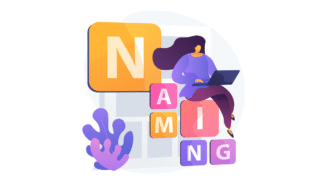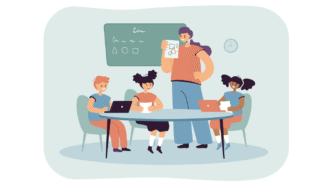LESSON OVERVIEW
The main objectives of this ESL lesson on rejection are to:
- discuss rejection and how people handle it;
- explore strategies for coping with rejection;
- watch a podcast clip on ‘rejection therapy’ and share opinions.
Students talk about rejection with this lesson. They discuss quotes, reflect on being turned down and speak about how people experience those situations. Students discuss tips for dealing with rejection, watch part of a podcast (02:38-06:24) about ‘rejection therapy’ and explore unusual and funny situations where people are likely to answer ‘no’. They can also do an extra vocabulary activity where they practise helpful vocabulary for the discussion (e.g. get cold feet, make someone cringe, get flustered).
C2 / Proficiency45 min
60 minSpeaking ClassUnlimited Plan
This is a Speaking Class worksheet. It includes a variety of tasks that let your students practise their speaking skills. This lesson format does not focus on grammar or vocabulary. Learn more about it here.
WARM-UP AND DISCUSSION
This ESL lesson on rejection begins with a warm-up. Students look at quotes about rejection (e.g. “I have learned not to allow rejection to move me” – Cicely Tyson). Afterwards, they choose one and say what they like or don’t like about it. Then, students can do an additional vocabulary task to help them discuss the topic. In the task, they choose the correct words to create phrases to describe emotions and reactions (e.g. punch to the gut, feel crushed, a bag of nerves). Following that, students discuss questions about rejection and how people cope with it. Next, they look at situations related to rejection (e.g. an employer rejecting a job candidate) and discuss them considering ways people experience them.
PODCAST AND MORE DISCUSSION
In this part of the ESL lesson on rejection, students look at tips for dealing with rejection (e.g. Don’t take things personally.). They comment on them and explain whether they are helpful and, if so, how. Afterwards, students guess the meaning of ‘rejection therapy’ before watching part of a podcast on the topic. Then, they watch it and say what they think about ‘rejection therapy’. Following that, students look at situations in which they are likely to be faced with a ‘no’ (e.g. ask a stranger if they’d like to play ‘rock, paper, scissors’). They say which they would rather do and why. Then, students discuss questions about the difficulty of making those requests.
WORKSHEETS
Subscribe to unlock these and many other Standalone lesson lesson plans with the Unlimited plan
Subscribe













Great lesson Megan!
Really fun topic that everyone can relate to! Looking forward to using this one with my student tonight. Keep ’em comin’!
So glad you like it; let us know how it goes with your student!